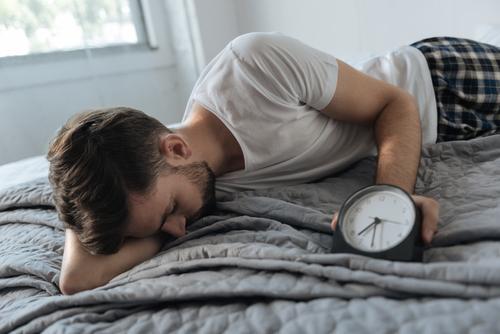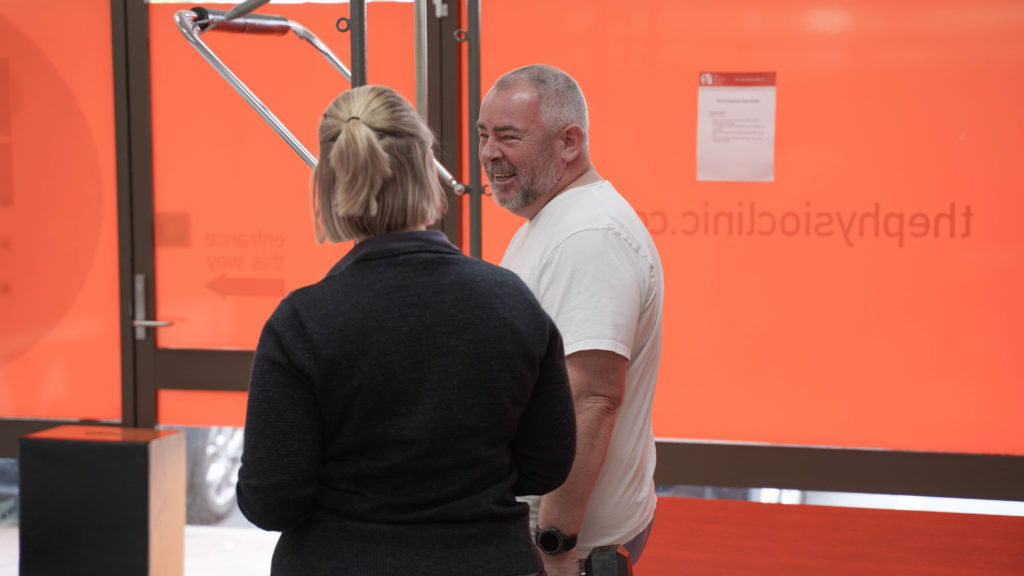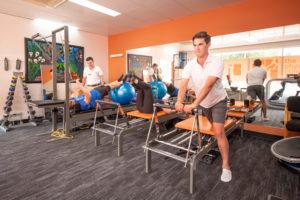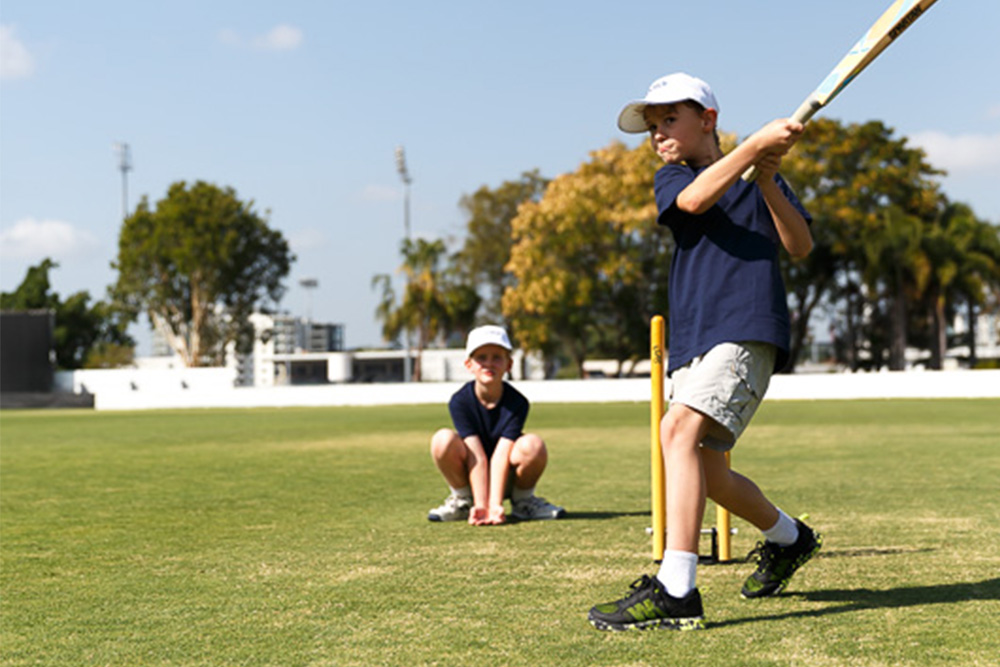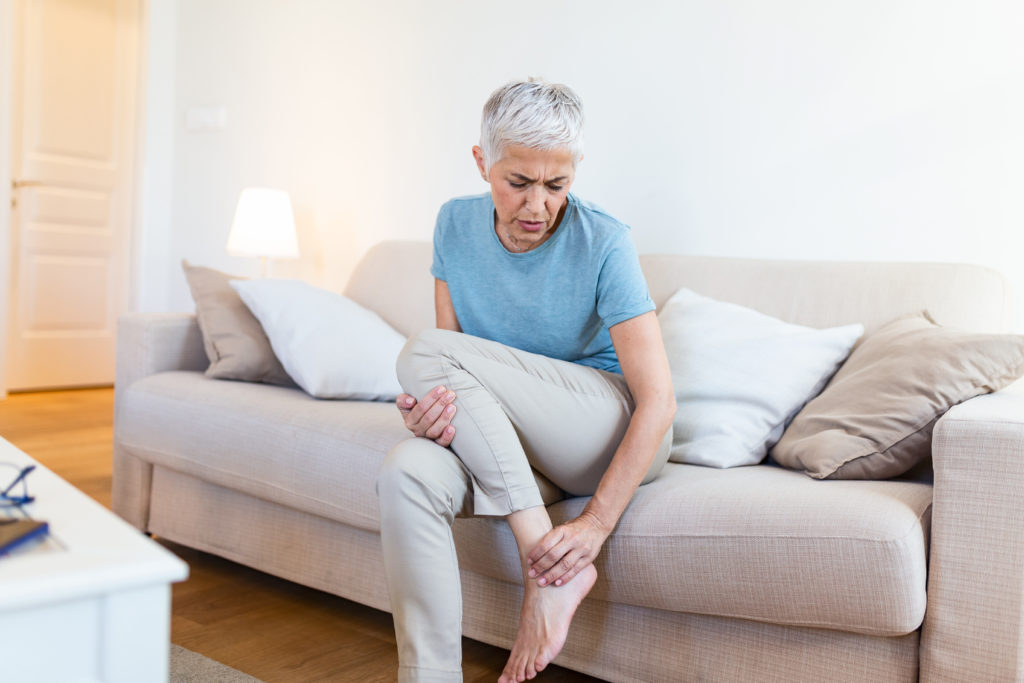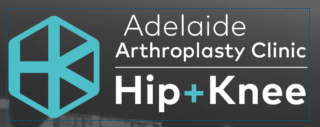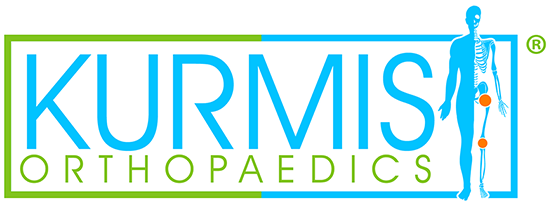De Quervain’s tenosynovitis is a painful inflammation of the tendons on the side of your wrist and base of your thumb.
What are some of the symptoms that may arise if you have this?
👍 pain while moving the thumb
👍 difficulty grasping and lifting objects
👍 difficulty with gripping and twisting activities
👍 pain mainly occurs while moving the thumb and gets worse with repetitive use.
👍 occasional swelling near the base of the thumb.
Read more
